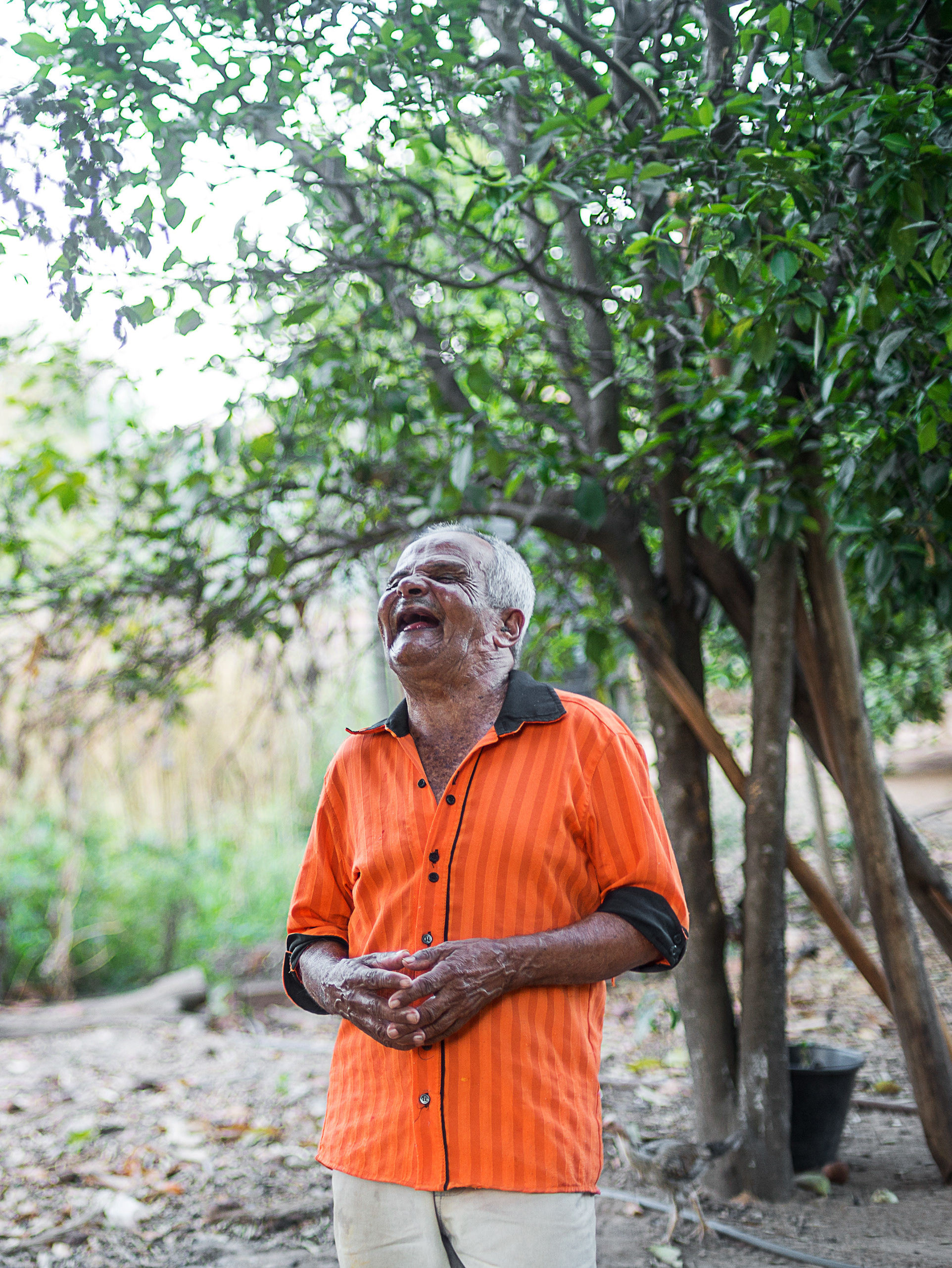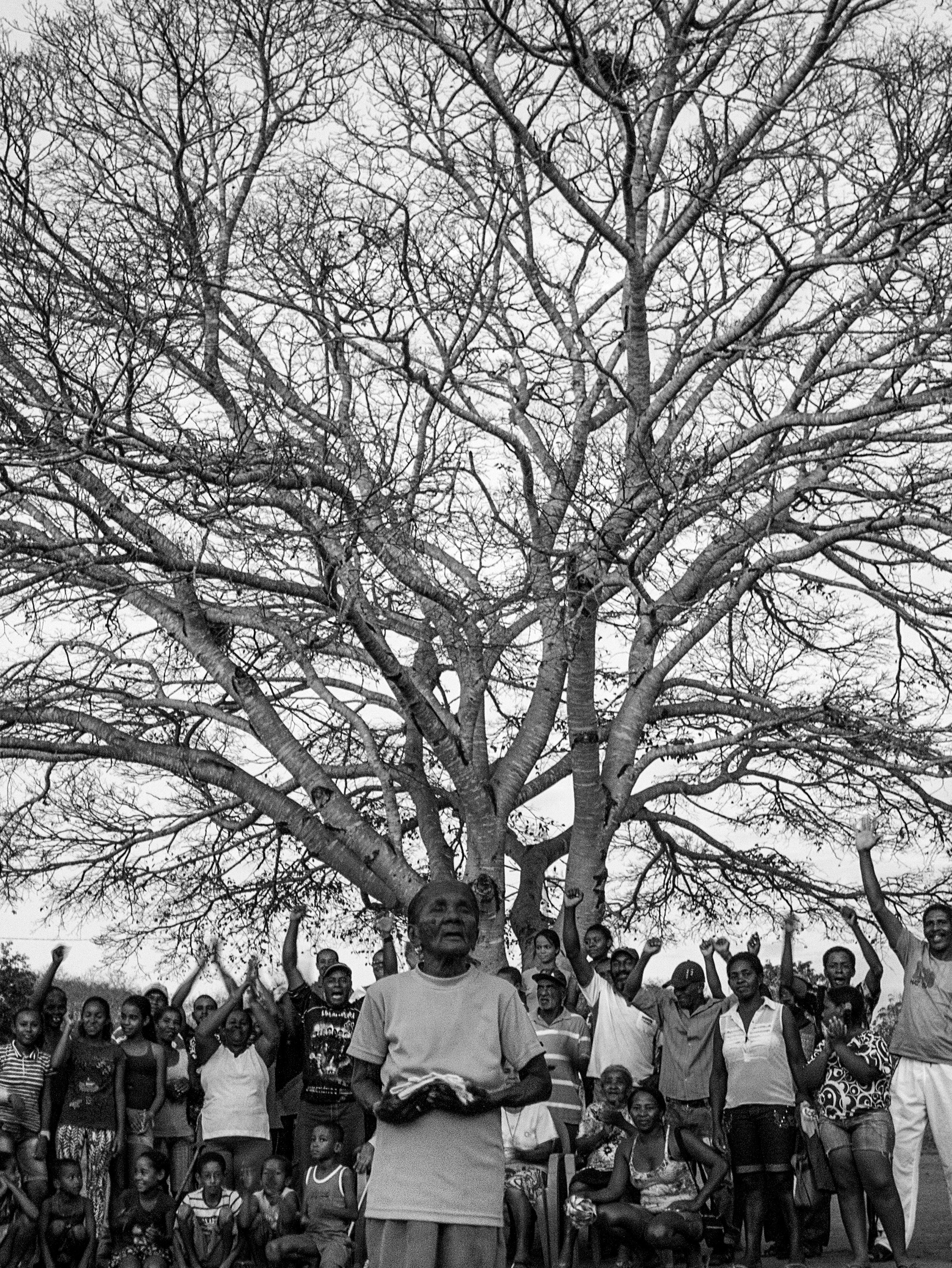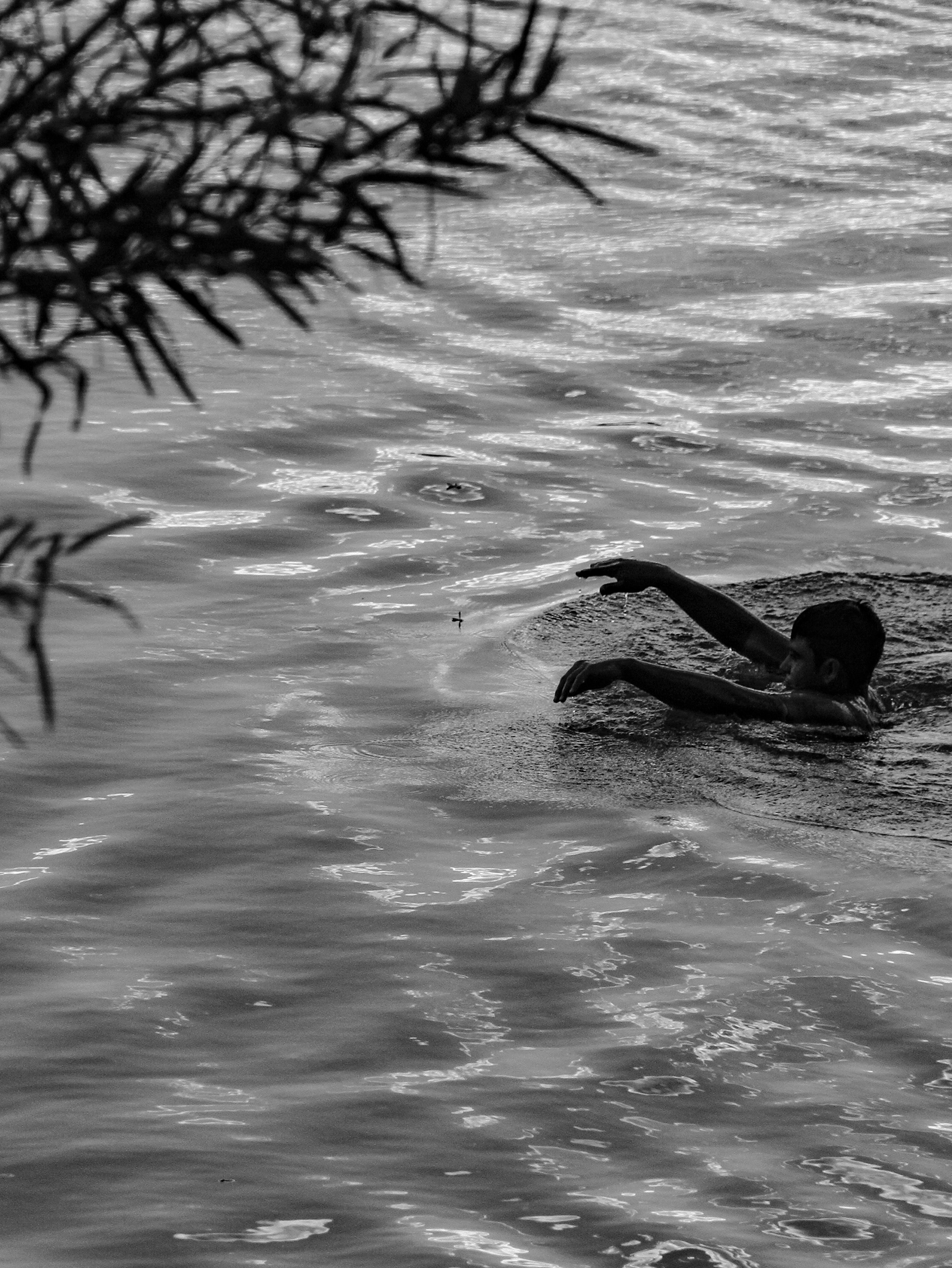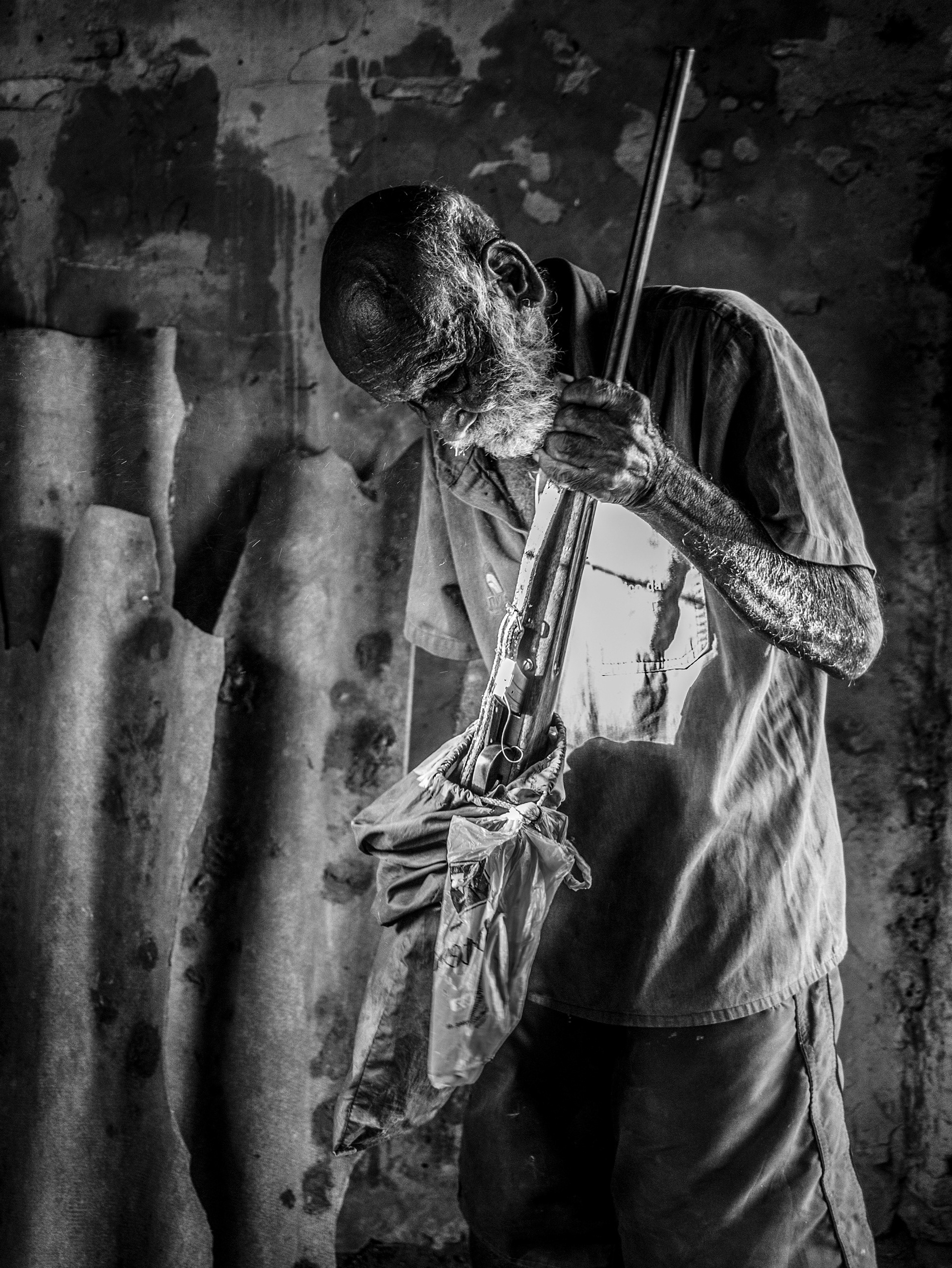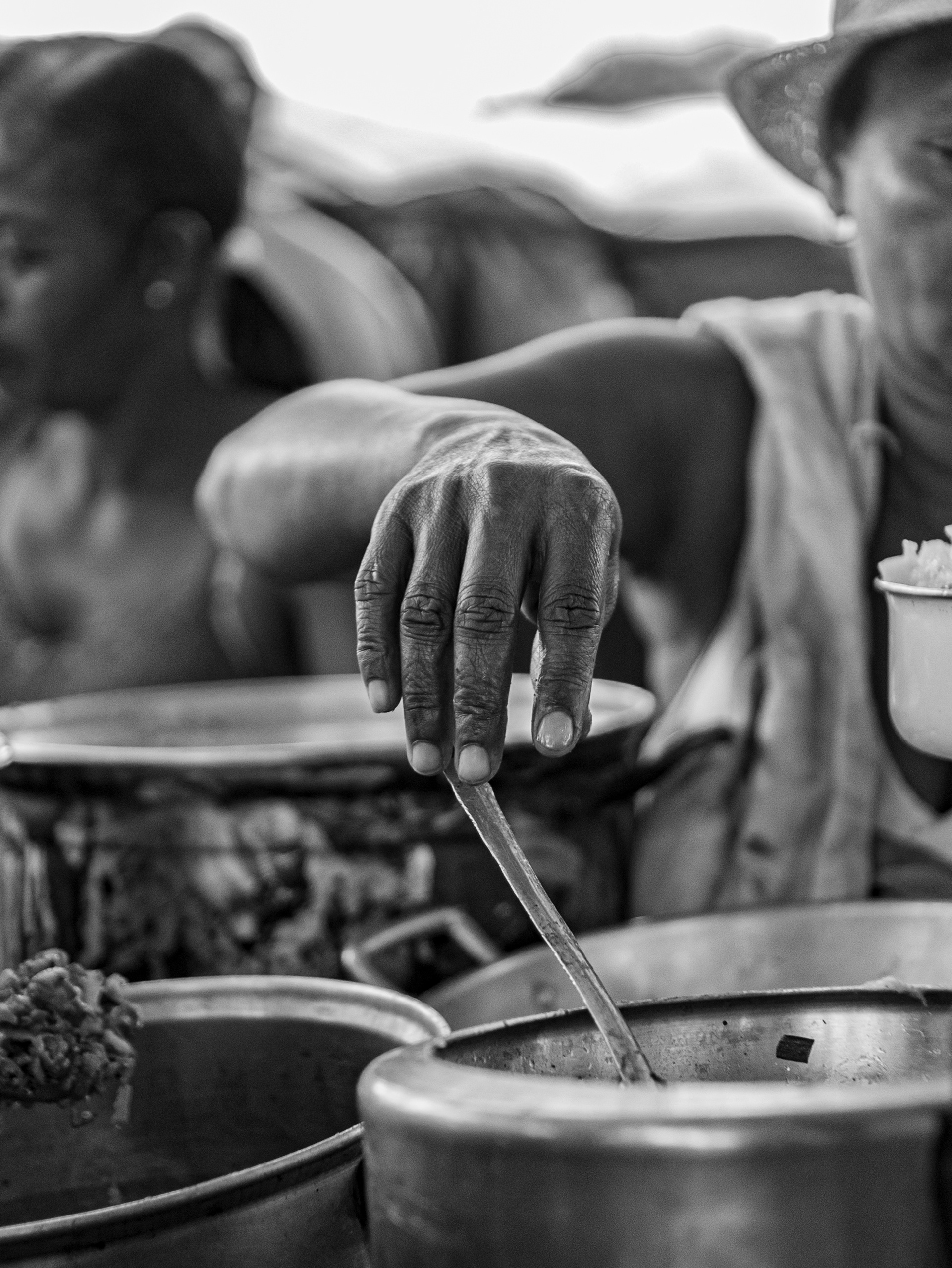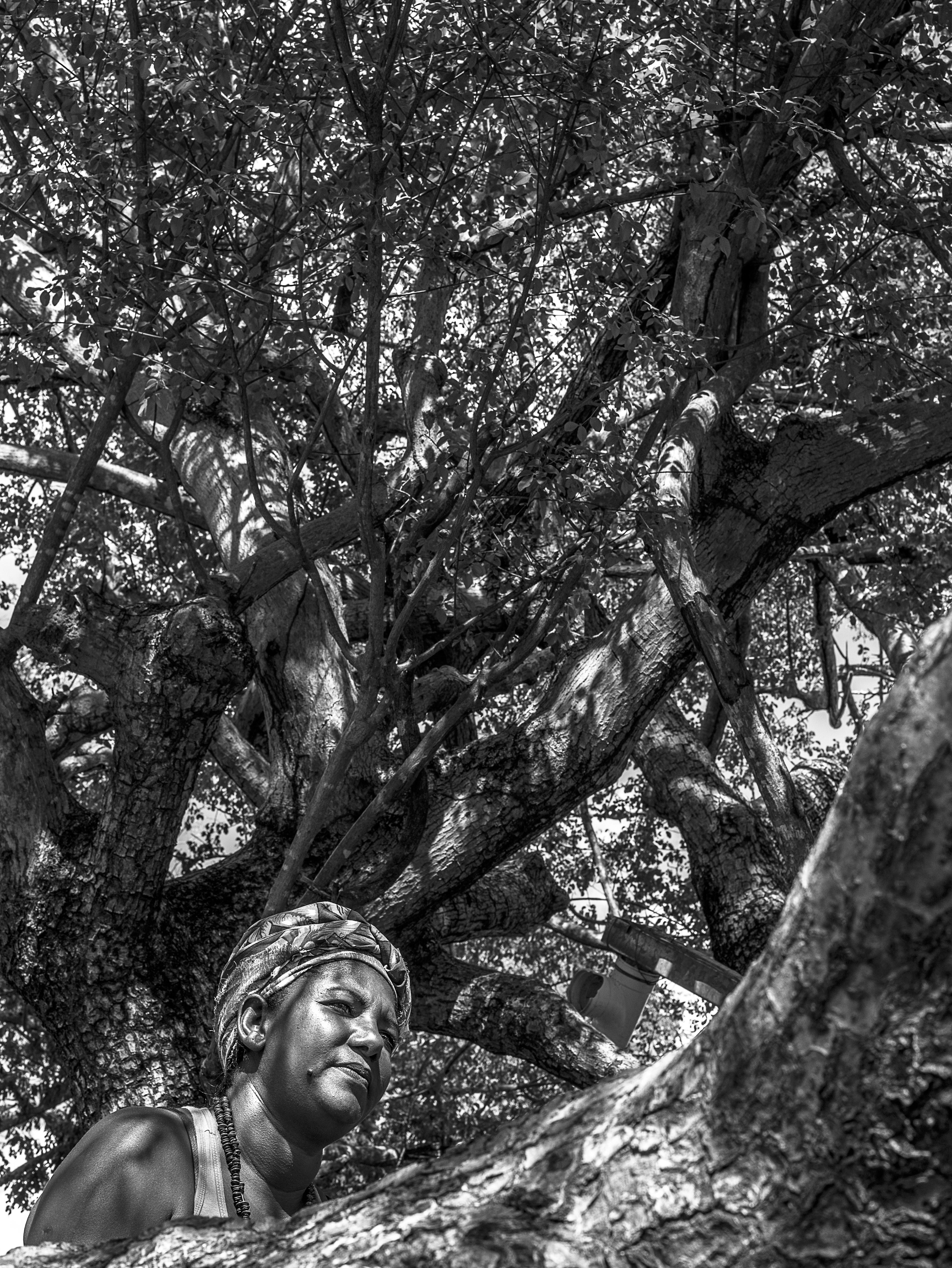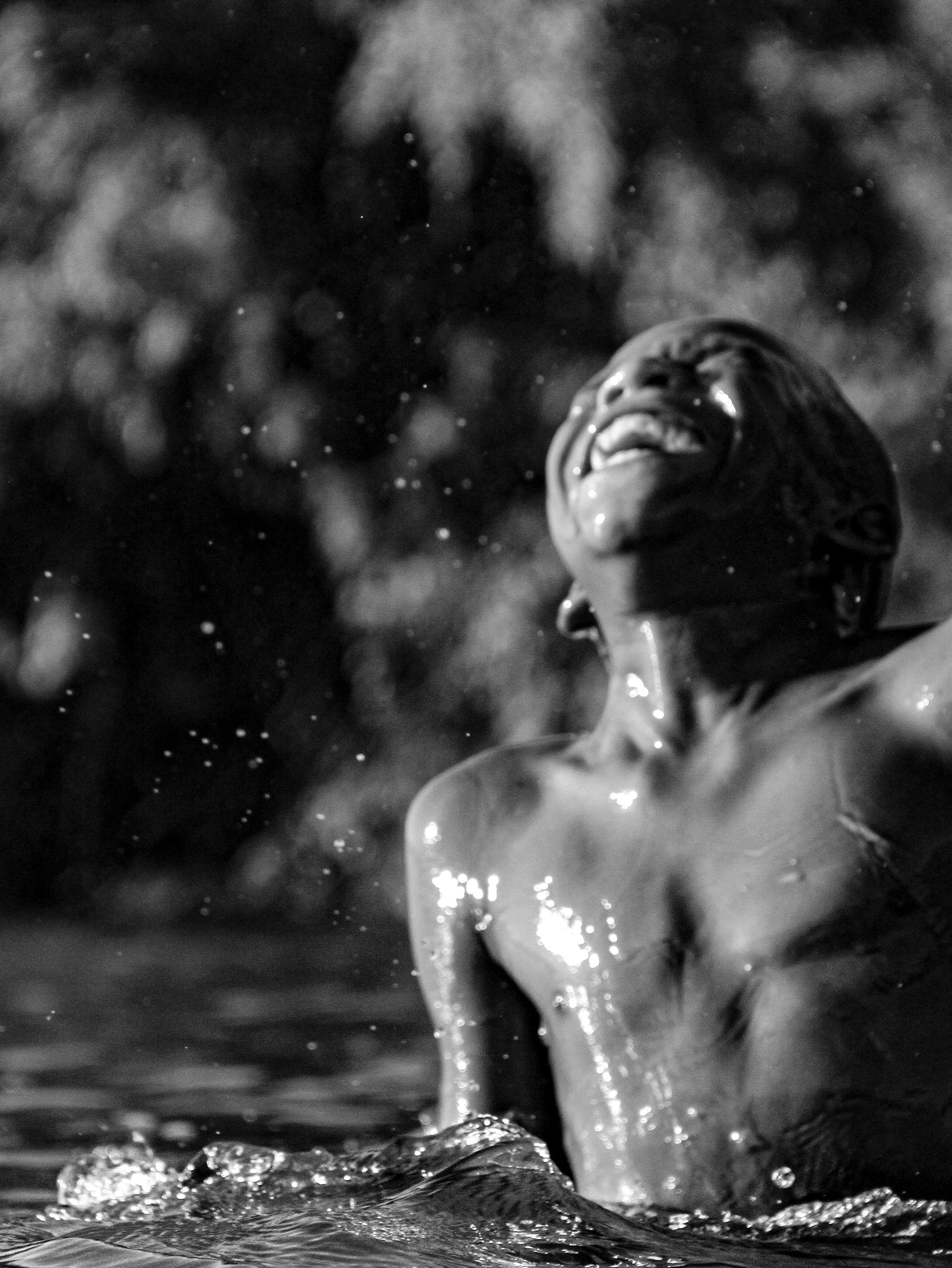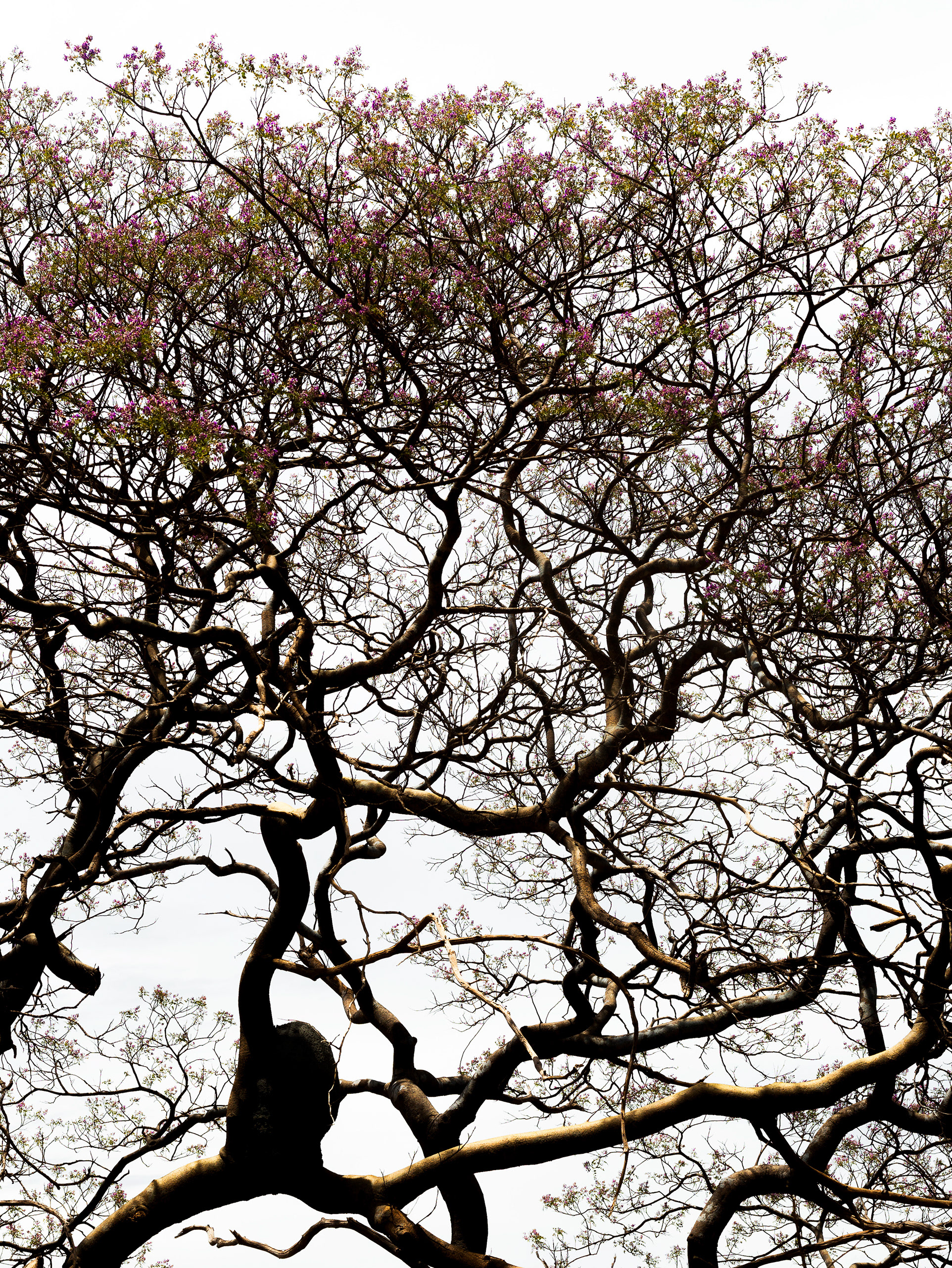Quilombo de Praia, Matias Cardoso - Minas Gerais, Brazil, 2015
On the day of a quilombola territory recapture, there was a big celebration in Quilombo de Praia, with a lot of joy, food, prayers and samba de roda. But, before anything else, a big circle was formed with all the presents, among adults and children. At its center, several items were placed, making an arrangement of what mobilizes the community and symbolizes their life, faith, collective organization and struggle. There was a hoe, a sickle, a machete, a water bottle, a coconut, corn kernels, lemons and several photographs. This picture shows only a small part of this arrangement.
The land with rice is the center of the struggle because earth and food are what makes life possible.
The Bible is the representation of faith and spirituality that constantly appears as a fuel for courage and hope. Anyone who wants to truly know and understand the multiple Brazils within Brazil, needs to take into consideration the dimension of religiosity and spirituality in its various facets in Brazilian culture.
The Bible is the representation of faith and spirituality that constantly appears as a fuel for courage and hope. Anyone who wants to truly know and understand the multiple Brazils within Brazil, needs to take into consideration the dimension of religiosity and spirituality in its various facets in Brazilian culture.
And finally, the picture of Mother Piana, an elder and extremely important person to the community. In the quilombola culture, older people play a prominent role. They are not dismissed as unproductive or useless, as it's commonly the case in Western capitalist culture. It’s not by chance that Piana is evoked at the center of the celebration. Crispiana Barbosa Lima, Mother Piana or “Mãe de Pegação”, a 92 years old woman, and a midwife who brought more than 2,000 people into the world with her own hands.
In 2016, Mother Piana received the Maria da Cruz Medal, a tribute given by the Governor of Minas Gerais to female personalities for their valuable cultural, social and economic contribution. At the time, Piana said: “In 1952 I had my first delivery. I learned it all alone and I have had more than two thousand births since I was 23 years old. I never imagined seeing the governor here and rewarding me for this memory of life that I have ”.
Piana is still alive and active. Since then, her almost century-old hands have brought two more small lives to the world.
In 2016, Mother Piana received the Maria da Cruz Medal, a tribute given by the Governor of Minas Gerais to female personalities for their valuable cultural, social and economic contribution. At the time, Piana said: “In 1952 I had my first delivery. I learned it all alone and I have had more than two thousand births since I was 23 years old. I never imagined seeing the governor here and rewarding me for this memory of life that I have ”.
Piana is still alive and active. Since then, her almost century-old hands have brought two more small lives to the world.
